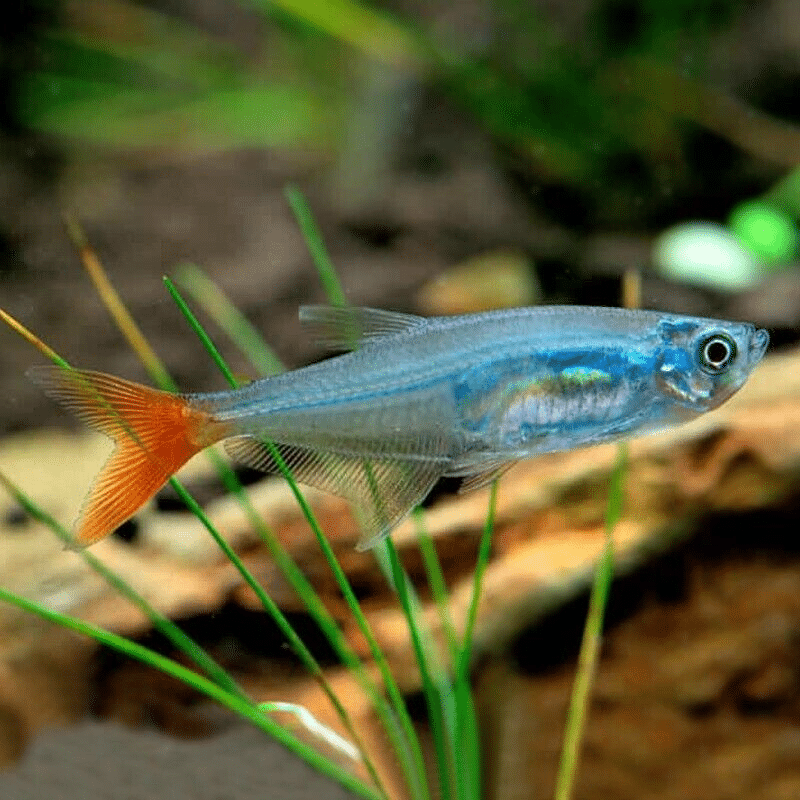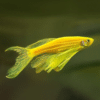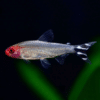To provide the best experiences, we use technologies like cookies to store and/or access device information. Consenting to these technologies will allow us to process data such as browsing behaviour or unique IDs on this site. Not consenting or withdrawing consent, may adversely affect certain features and functions.
The technical storage or access is strictly necessary for the legitimate purpose of enabling the use of a specific service explicitly requested by the subscriber or user, or for the sole purpose of carrying out the transmission of a communication over an electronic communications network.
The technical storage or access is necessary for the legitimate purpose of storing preferences that are not requested by the subscriber or user.
The technical storage or access that is used exclusively for statistical purposes.
The technical storage or access that is used exclusively for anonymous statistical purposes. Without a subpoena, voluntary compliance on the part of your Internet Service Provider, or additional records from a third party, information stored or retrieved for this purpose alone cannot usually be used to identify you.
The technical storage or access is required to create user profiles to send advertising, or to track the user on a website or across several websites for similar marketing purposes.



 Assorted Colour Vampire Crab Geosesarma Sp 2-3Cm
1 × £8.71
Assorted Colour Vampire Crab Geosesarma Sp 2-3Cm
1 × £8.71 














Emily Carter (verified owner) –
I recently added the 6 Glass Bloodfin Tetras to my 20-gallon aquarium, and I couldn’t be happier! These little gems are not just stunning to look at, but they also bring such liveliness to the tank. After about two weeks, they settled in beautifully, showcasing their vibrant colors and playful nature. I’ve kept neon tetras in the past, but these Bloodfins have a charm all their own with their unique fin patterns and graceful swimming. They thrive in a well-planted environment, which I’ve enhanced with some real plants and driftwood to mimic their natural habitat.
While they’re generally peaceful, I’ve noticed they do best when kept in larger groups, as it helps reduce any timid behavior. A minor downside is that they can be a bit shy initially, so be patient during the acclimation period. Overall, I highly recommend these freshwater fish for both beginners and experienced aquarists looking to add a splash of activity and color to their setup. They are truly a joy to watch, and I can’t imagine my tank without them now!
Emily Carter (verified owner) –
I recently added a school of 6 Glass Bloodfin Tetras to my peaceful community tank, and I couldn’t be more thrilled with their vibrant presence! These little beauties are not only stunning with their shimmering bodies and lovely fins, but they also quickly adapted to their new environment. After just a week, they began swimming joyfully in formation, which has added so much life to my aquarium.
I appreciate how easy these fish are to care for; they thrive in a range of water conditions and have been peaceful neighbors to my other fish. Compared to other tetra varieties I’ve kept, the Bloodfins are particularly hardy and social, making them a fantastic choice for anyone looking to enhance their aquarium.
One minor observation is that they do appreciate a bit of hiding spots—so a few plants or decorations would definitely help them feel more secure. Overall, I highly recommend these tetras to both beginners and experienced aquarists looking for a lively schooling fish that truly brings an aquarium to life. You won’t regret adding these little gems to your tank!